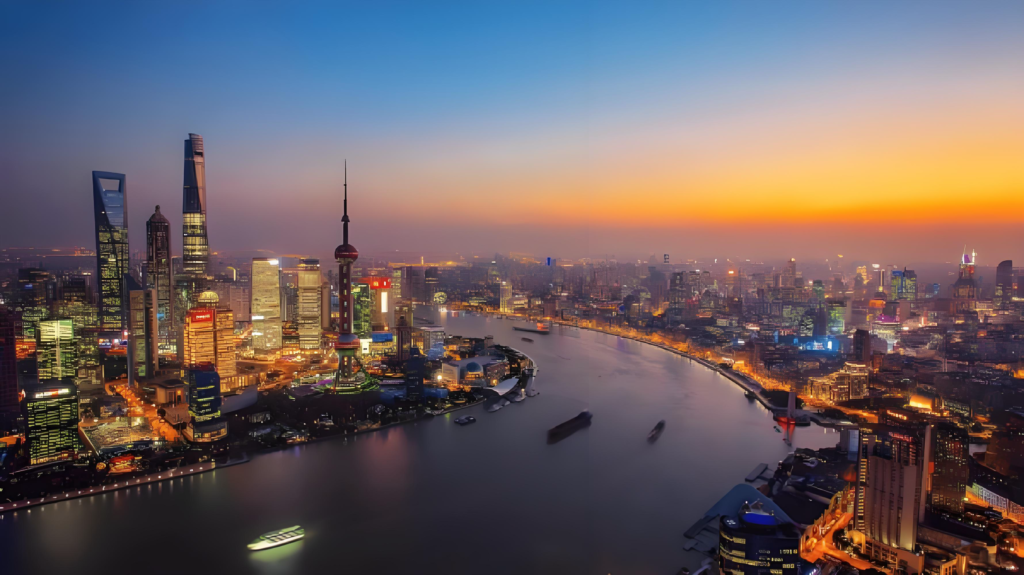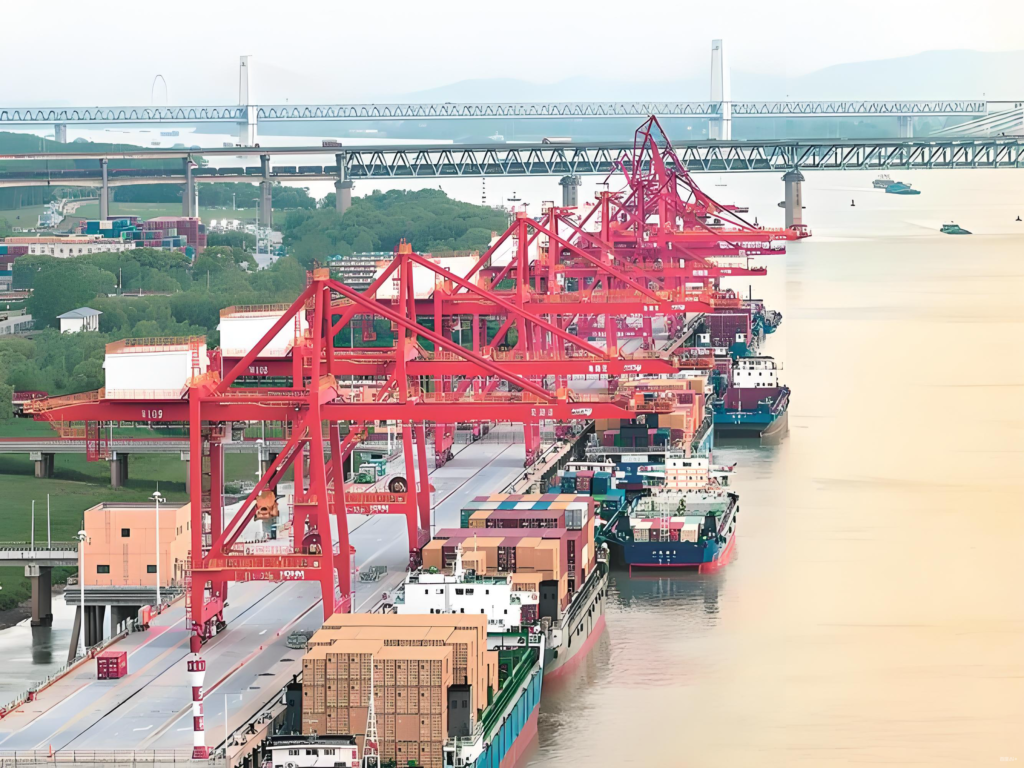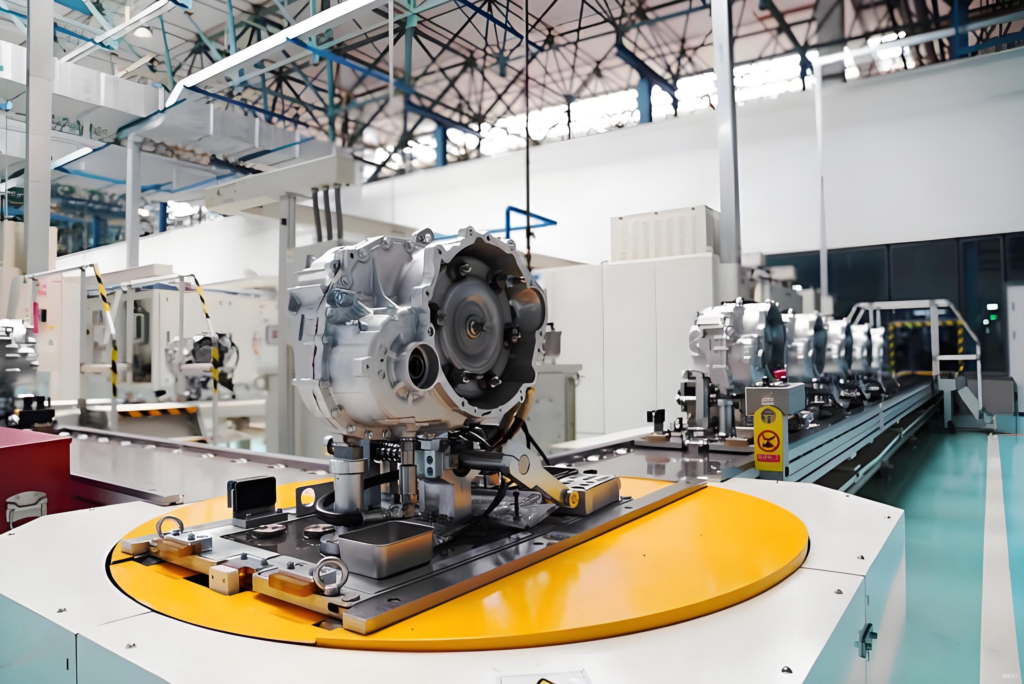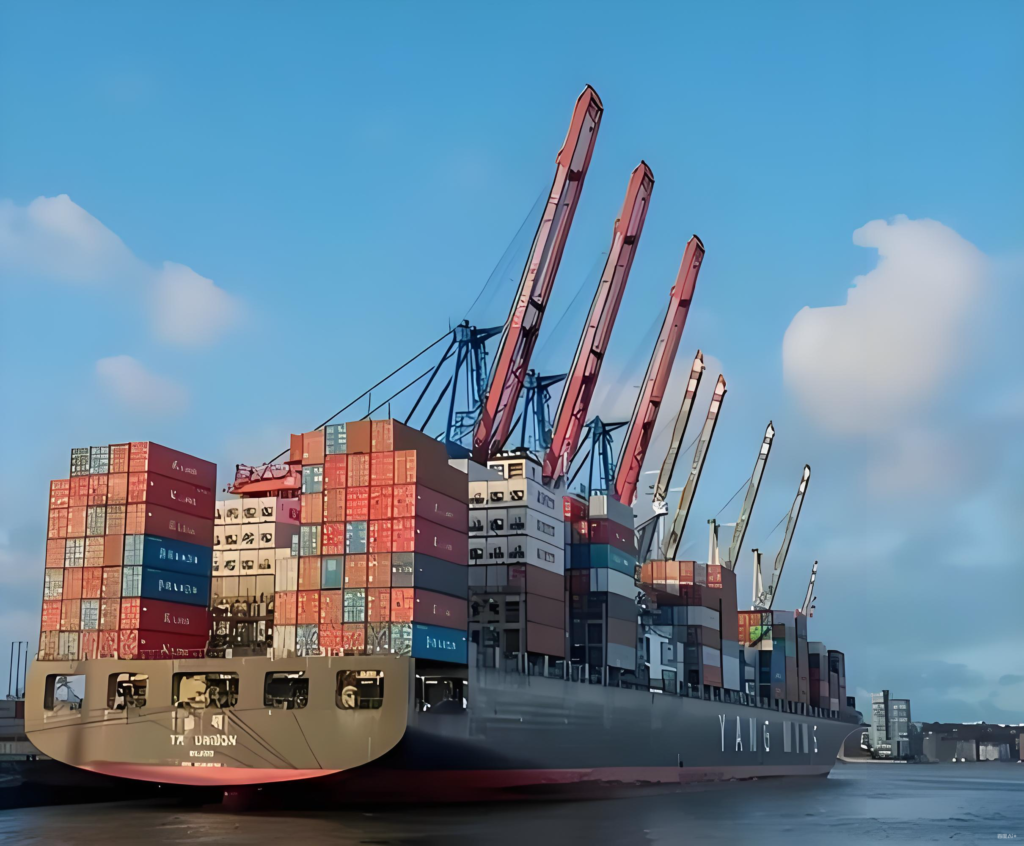According to official statistics, in the first three quarters of 2025, the total import and export volume of China’s Yangtze River Delta region reached 12.62 trillion RMB, accounting for approximately 37.6% of the national total during the same period, a record high. This data not only reflects the growth in the volume of regional foreign trade but also reveals that China’s foreign trade is shifting from a recovery in quantity to an improvement in quality.

Private Economy: The Foundation of Foreign Trade Recovery
Shanghai’s private enterprises have performed particularly well in foreign trade. In the first three quarters, Shanghai’s private enterprises’ imports and exports totaled 1.32 trillion yuan, a year-on-year increase of 27.1%, contributing approximately 8.9 percentage points to the city’s foreign trade growth. This data demonstrates that private enterprises in China are playing an increasingly important role in supply chain flexibility, product innovation, and overseas channel development. They are more responsive to market changes than large state-owned enterprises and are more adept at identifying growth opportunities in niche markets, thus becoming the internal driving force behind the steady recovery of foreign trade.

Regional Landscape: Anhui and Manufacturing Upgrade Significantly
The Yangtze River Delta region is experiencing differentiated development trends. Anhui Province’s total import and export value reached 726.25 billion yuan, firmly ranking first in the region’s growth, having achieved positive growth for 11 consecutive quarters. This trend is closely related to the expansion of the regional industrial chain, the shift of manufacturing toward mid- to high-end markets, and the expansion of external markets. It demonstrates the strengthening of prefecture-level industrial competitiveness and the gradual emergence of regional synergy.

Market Diversification: Demand Expands from ASEAN to Central Asia and Africa
The Yangtze River Delta’s trading partner structure is becoming more diversified. In the first three quarters, ASEAN remained the Yangtze River Delta’s largest trading partner, with bilateral imports and exports reaching 2.01 trillion yuan, an 18.9% year-on-year increase. China’s close economic and trade connections with neighboring countries provide a stable foundation for regional foreign trade. At the same time, the Yangtze River Delta’s trade with more distant emerging markets is also rapidly expanding—imports and exports with RCEP member countries increased by 10.9%, with the five Central Asian countries increasing by a staggering 75.2%, and with African countries by 19.8%.Overall, this reflects the stabilizing role of traditional neighboring markets and shows that companies are using diversified markets to diversify risks and explore new growth points, especially the significant increase in demand for infrastructure, equipment and manufacturing-related products.

Foreign Investment and High-Tech: Investment Structure Shifts Towards High-End Development
The performance of the investment sector is also noteworthy. In the first nine months, the number of newly established foreign-invested enterprises in China increased by 16.2% year-on-year, with actual foreign investment reaching 573.75 billion yuan. Of this total, 170.84 billion yuan was actually utilized in high-tech industries. This combination indicates that the number of foreign-invested enterprises in China is not only steadily increasing, but is also trending towards higher-tech, higher-value-added, and more concentrated industries. This suggests that global investors are increasingly considering technology and long-term industrial chain layout when choosing China as a production and R&D location.
Against the backdrop of a still-fragile global economic recovery, the rebound in China’s foreign trade and investment data has injected a signal of stability into the international market. As a key hub in the global supply chain, the Yangtze River Delta region not only reflects the vitality of China’s manufacturing and innovation systems, but also demonstrates the benefits of its continued policy of expanding opening up and deepening regional cooperation.
From the popularity of the Canton Fair to the surge in foreign trade data, China is strengthening its global economic and trade ties through pragmatic opening-up measures. Whether it’s coordinated regional economic development or the upgrading of foreign-invested enterprises’ presence, these trends collectively point to a single signal: China’s stability and trust in the global economic landscape are continuously growing.


